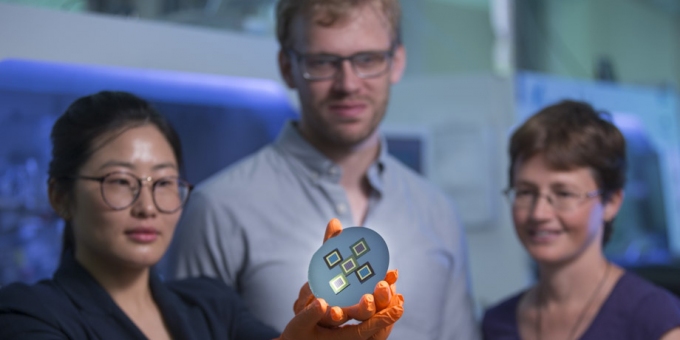Researchers from the ANU College of Engineering and Computer Science (CECS) have found a new method of producing ‘tandem solar cells’ which could lead to cheaper and more efficient solar technology.
Study co-author Dr Heping Shen believes the key to reducing the cost of solar energy is improving the efficiency of solar cells.
“If we can have a cheap source of energy that is also clean – who wouldn’t want to use it?” said Dr Shen.
‘Tandem solar cells’ are essentially one solar cell on top of another. ANU engineers, in collaboration with researchers from the California Institute of Technology, have developed what they say is the simplest solar cell.
Dr Shen explains that to connect two cells, engineers usually need an interlayer, which will allow electricity to flow from one cell to another.
Co-author Dr Daniel Jacobs correlates this to making a club sandwich with extra bread in the middle. The bread plays a structural role, but the sandwich would be much better without it.
“We’ve found a new way to simply stack the two cells together so they’ll work efficiently with each other – we don’t need the interlayer, or extra bread, anymore,” said Dr Jacobs.
This simplified structure reduces energy waste, and will hopefully be cheaper and easier to produce.
“Our structure involves one less fabrication step, and has benefits for performance too. We’ve already reached 24 per cent improvement in efficiency with this new structure, and there’s plenty of room left to grow that figure,” said Dr Jacobs.
This study was funded by an Australian Renewable Energy Agency (ARENA) grant, as part of a project in collaboration with UNSW and Monash University.
Read the full media release here.

